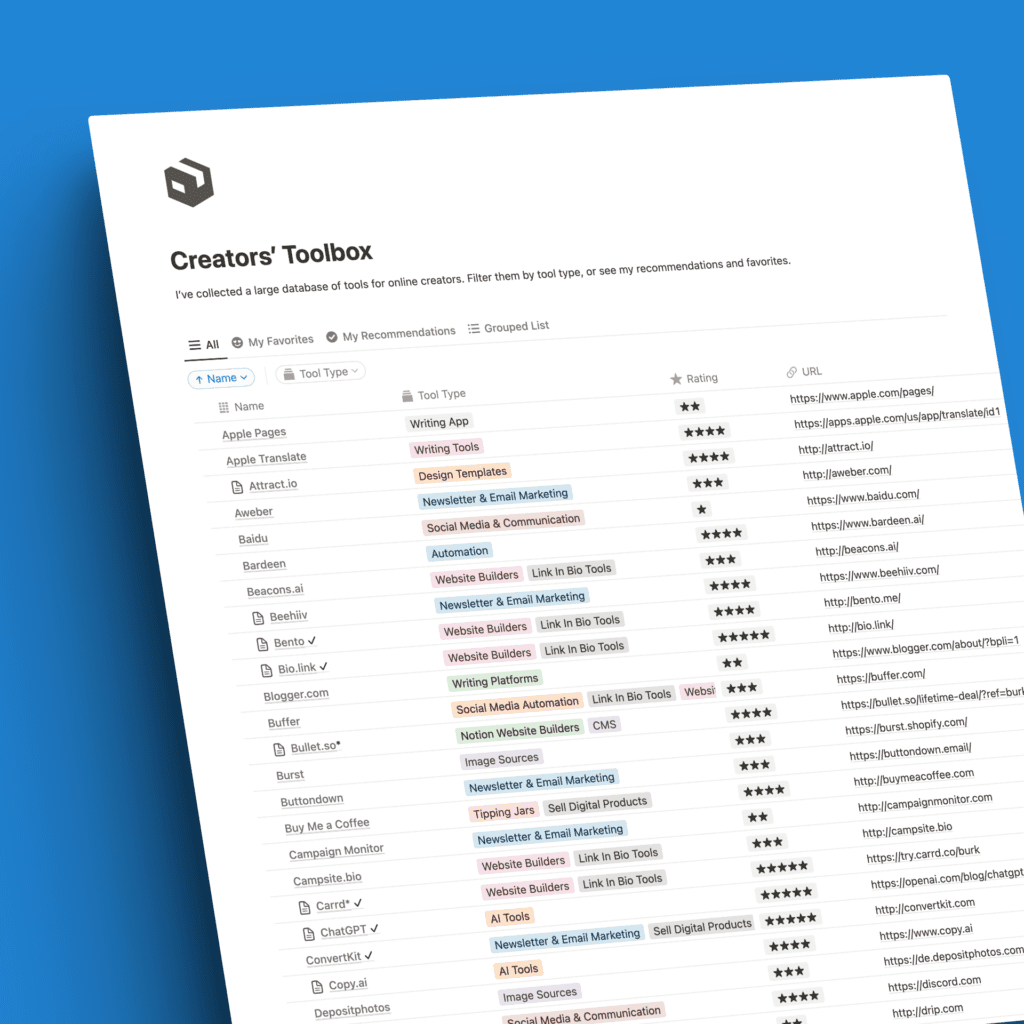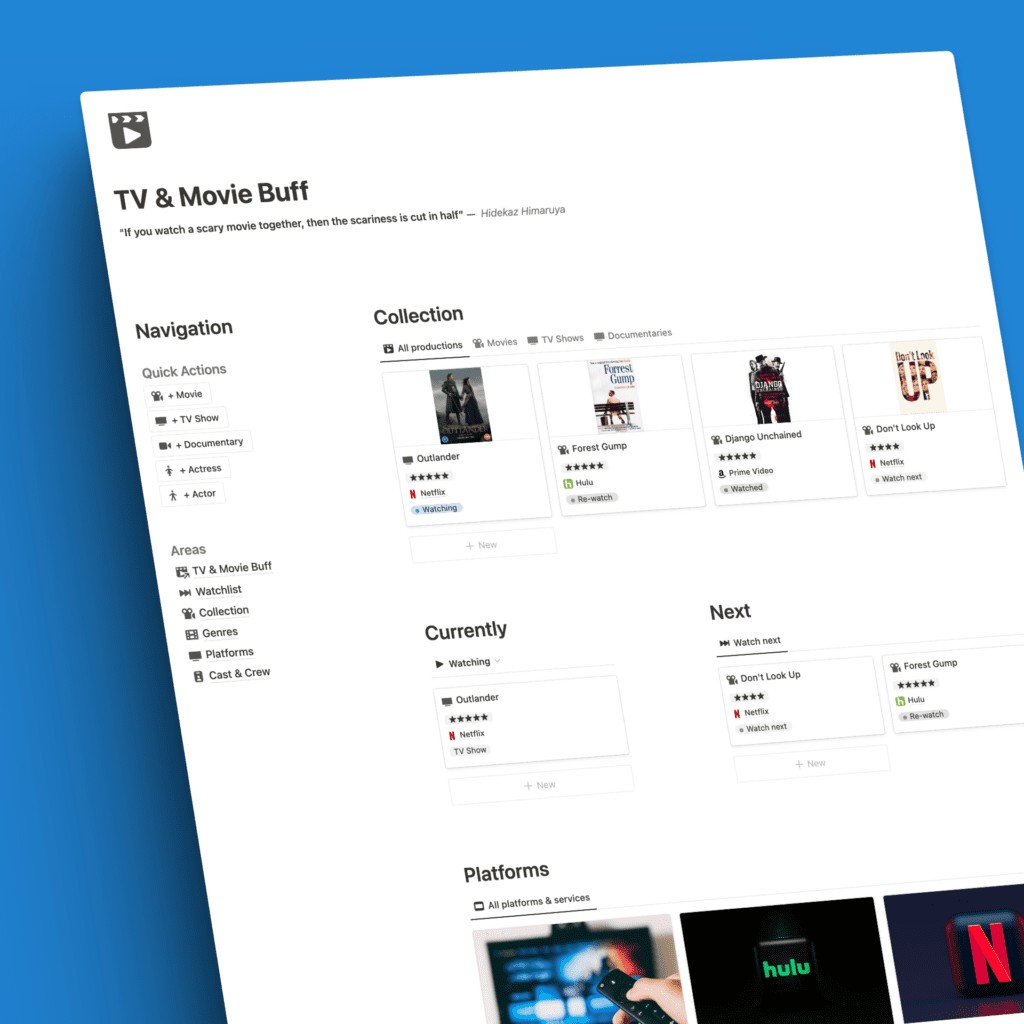I am a tool addict.
I sign up for way too many platforms under the sun. It’s an obsession I can’t seem to shake.
Thankfully, as a full-time independent creator, crafting written works, digital offerings, videos, animations, and visuals, I actually require a vast array of these tools.
So being a tool junkie isn’t too detrimental.
In fact, one of my greatest joys is analyzing and sharing remarkable solo creator tools with my audience.
Allow me to walk you through my quintessential solo creator toolbox for 2024.
You’ll notice some affiliate links* sprinkled in. Rest assured, I actively utilize and stand behind the performance and capabilities of these tools.
#1 The words
Nothing groundbreaking here.
I pen my thoughts on Medium.
Medium will forever be my top pick for blogging, and it’s the solution I wholeheartedly recommend to those seeking a user-friendly blogging platform.
Absolutely, you could go with WordPress.org (free) or Ghost.org (paid), or platforms like Vocal.media, but for novices without an audience, the odds of attracting views and readers are uniquely high on Medium.
If I had to start from scratch, I’d choose Medium again without hesitation.
There’s only one other platform I’d recommend for bloggers, and that’s Substack, because it’s free, a great starting point for a blog with newsletter capabilities, has a huge community, amazing recommendation and discovery features built-in and a social media network in Substack Notes attached to it.
Medium and Substack together is the perfect combination in my book.
Speaking of it…
#2 The inboxes
A close runner-up to Medium, both in terms of my favorites and as a blogging platform, is Substack*.
For newsletters, it’s a no-brainer.
For blogging, it’s perfect too.
Easy to use, free, comes with email and website functionality. If only Substack offered email automation. That would make it exponentially more valuable.
Still, if you’re keen to launch a newsletter, this is the place to be.
#3 The products
Onto the nitty-gritty. I still use Gumroad*.
Despite their fee hike to 10% + payment processor fees, I haven’t made a complete switch for three reasons: I adore the interface, design, and ease of use.
I have countless product ratings there. Switching would mean losing those.
Simple email automation for unlimited subscribers at no cost is a massive perk, even if limited compared to dedicated email automation platforms like ConvertKit or MailChimp.
That said, I’ve been trialing and comparing Payhip to Gumroad over the past 2 years. Payhip is a formidable competitor as an online store platform for digital products. It doesn’t quite match Gumroad’s email capabilities though. That’s problematic for me.
Another contender is Lemon Squeezy. This platform offers both online store functionality with numerous features and email automation. It’s free for up to 500 subscribers, then paid. I’ve been testing them for a while and so far, it’s looking great.
If you want a longer list of Gumroad alternatives, check my comparison for 2024 out here.
#4 The socials
My social network of choice is X.
Growing an audience there is achievable. It allows for diverse content formats, and the community is great.
Combined with a scheduling tool like Typefully or Hypefury, it’s the perfect arena for solo creators & writers.
The only other social I utilize quite often is the aforementioned Substack Notes which basically works like X, but has a more writer-focused community.
#5 The projects
Unsurprisingly, Notion is the backbone of my solo creator tool stack.
It’s my project management tool, writing app, content planner, calendar, to-do list, notes app, and reminder tool.
There’s very little I can’t accomplish with Notion.
With its hundreds of integrations and tools built on top of Notion, you’ll find whatever you need. Most likely.
You’ll find my free & paid Notion templates here.
#6 The web
I’m torn on having a website.
In a sense, it’s not strictly necessary.
I blog on Medium, collect emails on Substack, engage on Twitter, sell on Gumroad, and back everything up in Notion.
No need for a dedicated website.
But a landing page tying it all together is still a smart idea.
Now, you don’t require a custom domain & website for this. You can simply utilize one of the myriad excellent landing page builders, like Carrd*, Zaap*, Bio Link, Linktree, Bento, etc.
I used to use Carrd and Bento. Carrd* is a simple feature-rich landing page builders with a free plan and extremely affordable pro plans.
You can’t do much better than this.
For me, though, I started using WordPress again, as this is was my first love. I know it, I like it. It’s free. Great for any website.
#7 The analytics
Confession: I loathe Google Analytics.
The tool is bloated, overcomplicated, unattractive, and collects way too much data. It’s hardly legal in the EU with GDPR laws in place.
I reside in Germany, and it’s a headache to get Google Analytics compliant.
So, I stumbled upon an insanely good alternative that’s free for up to 100K monthly views which is substantial. And beyond that it’s very reasonably priced.
The tool is called Beam Analytics*. Beam is functional, feature-rich, and stable.
It’s got everything I need to analyze web traffic to my website or other connected sites. And it’s GDPR-compliant out of the box. No unnecessary data collection. Give it a try!
#8 The design
It seems everyone is utilizing Canva. And it’s a great tool, no dpoubt. I have used it a handful of times. It’s not a bad tool at all.
But I handle most of my design work in Apple Keynote.
This free Mac app is not a design tool per se, it’s Apple’s competitor to PowerPoint.
Nevertheless, you can design a plethora of things in Keynote, including advanced animations (which I leaned on heavily for YouTube videos back in the day).
Nowadays, I craft most of my product covers and thumbnails in Keynote.
To transform those designs into slick-looking mockups (of an iPhone, iPad, Mac, or other device), I use a website called shots.so.
This free site makes it easy to create device mockups and download them in high quality.
The bottom line
Those are my main tools for 2024.
I do utilize others as well. YouTube and Instagram, for example, but I’ve been neglecting those platforms for some time.
I also use MailerLite* for some email automation capabilities. From time to time, I use Canva as mentioned above.
I previously used a tool called Flourish to create graphs and animated charts for videos and stories. It’s also free and quite powerful.
That’s it. My tech stack for 2024.
I’m a tool enthusiast. I relish sharing and comparing tools. So that’s precisely what I do.
If you’re into that, you might also enjoy my newsletter. Now, tell me about your tool stack! What tools can you not live without?








